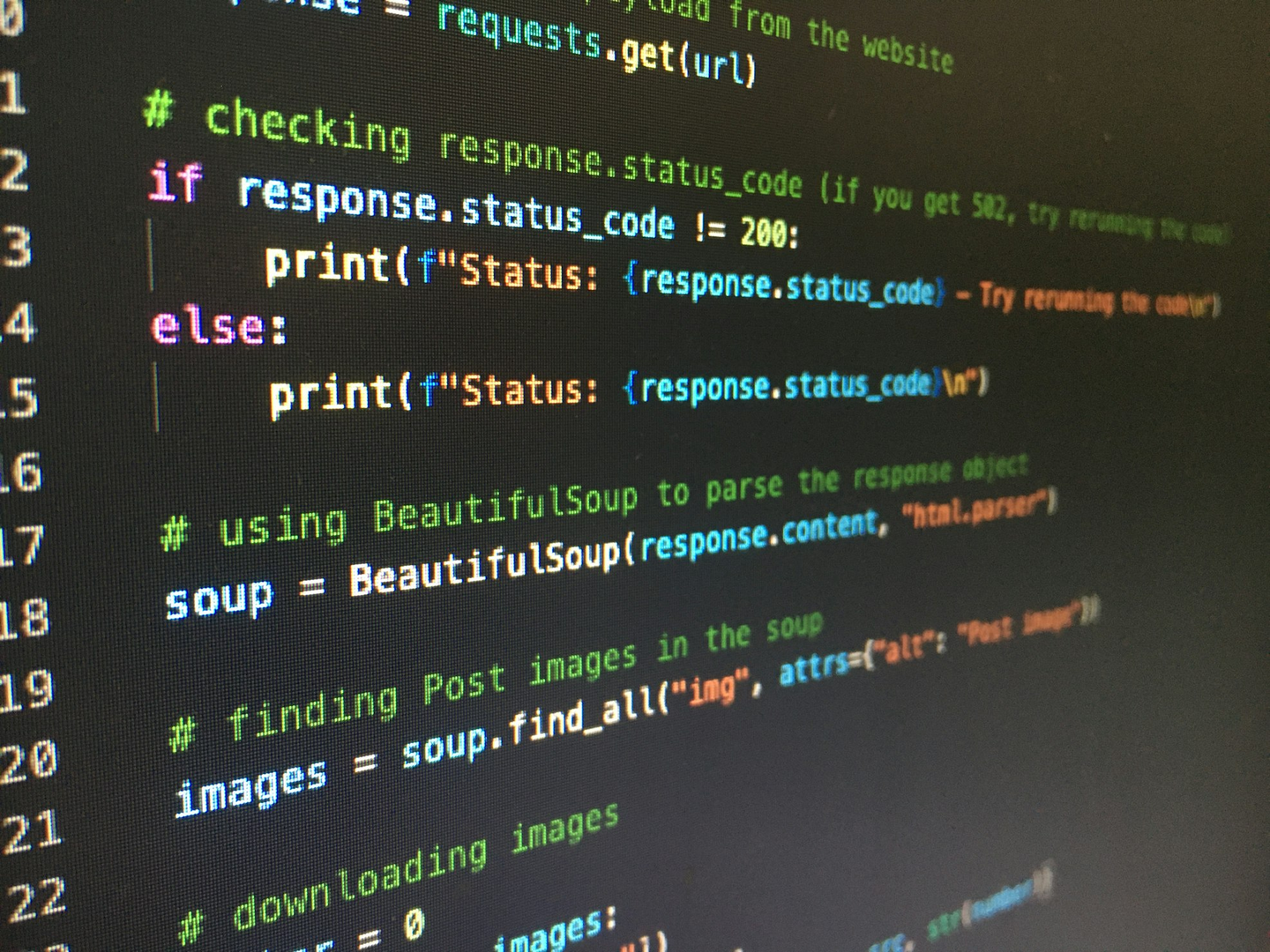
Experiencing code that perplexes rather than enlightens can be both amusing and frustrating. Recently, I encountered such a conundrum, inspiring me to share this tale and advise you against replicating the same pitfalls.
Code Conundrum: A Lesson from Python Functions
While reviewing a Python function, I found myself torn between laughter and tears. It was a striking example of what not to do:
Copydef process_data(data, flag1, flag2, flag3):
if flag1:
data = [item for item in data if item.isdigit()]
if flag2:
data = [item.upper() for item in data]
if flag3:
data = sorted(data)
result = "Processed: " + ", ".join(data)
return result
At first sight, this function might seem manageable, but beneath lies a maze of confusion. Let’s dissect why it flounders.
The Flag Overload
The use of multiple flags (flag1, flag2, flag3) to dictate behavior turns the function into a puzzle. Every execution compels you to decode which flag combination achieves the intended output. Consider the below sample call:
Copyres = process_data(my_data, True, False, True)
Can you instantly decipher what True, False, True signifies? Likely not, and that’s the issue.
A Purpose Too Divided
This code’s mission is scattered across filtering digits, transforming text to uppercase, sorting, and concatenating data. Each task deserves its specialized function. Singularity in responsibility enhances readability, testability, and reuse.
The Enigma of Types
Type ambiguity perplexes this function. What exactly is data? A list, a string, or some elusive dictionary? The absence of annotations forces you to speculate.
Beyond Reach
Extendability suffers heavily here. Want to trim whitespaces? You’ll need yet another flag, further complicating the already tangled web.
Revolutionizing the Function: A Clearer Path Forward
I embarked on rewriting the function with clarity and simplicity as my guiding lights.
Embracing Clarity with Descriptive Functions
Instead of flags, I introduced distinct functions:
Copydef filter_digits(data):
return [item for item in data if item.isdigit()]
def to_uppercase(data):
return [item.upper() for item in data]
def sort_data(data):
return sorted(data)
def format_result(data):
return "Processed: " + ", ".join(data)
Each function in this collection fulfills a singular task.
Forging a Seamless Pipeline
Next, I forged a pipeline, a sequence of execution that clarifies the process flow:
Copydef process_data_pipeline(data):
data = filter_digits(data)
data = to_uppercase(data)
data = sort_data(data)
return format_result(data)
Flexibility Through Modularity
To add dynamism, functions can now be applied selectively:
Copydef process_data(data, steps):
for step in steps:
data = step(data)
return data
steps = [filter_digits, to_uppercase, sort_data, format_result]
result = process_data(my_data, steps)
You can now modify steps seamlessly, all without resorting to flags.
Enhancing Readability with Type Annotations
Type annotations crystalize understanding and minimize ambiguity.
Copyfrom typing import List, Callable
def process_data(data: List[str], steps: List[Callable[[List[str]], List[str]]]) -> str:
for step in steps:
data = step(data)
return data
Why This Transformation Triumphs
- Defined Responsibilities: Each function’s purpose is clear, which heightens readability.
- Reusability: Functions like
filter_digitsbecome versatile allies in your coding arsenal. - Testability: Testing singular functions is vastly simpler than untangling a multifunction behemoth.
- Scalability: New steps can be appended effortlessly by writing new functions and adding them to the list.
As you craft functions, ponder this: Does the function wear too many hats? Is it immediately comprehensible to another developer? If the answers are “NO”, it’s time for refactoring.
Your Thoughts?
Feel free to share any coding missteps that have tripped you up—we’ve all encountered them
Stay innovative and keep refactoring with purpose!






